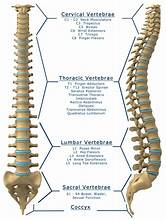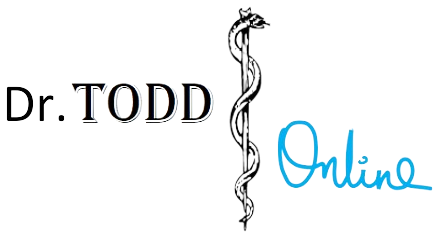The spine is a complex bony structure which extends from the base of the skull to the pelvis. It is made up of 33 individual bones called vertebrae. Between the vertebrae are intervertebral disks which support the vertebrae in different ways. The Spine performs several important functions. It is the central supporting structure between the upper and lower body. It is flexible and allows movement of different types. In encases the spinal cord and therefore performs a protective function. The brain and spine together make up the central nervous system. The rest of the nervous system is known as the peripheral nervous system and extends throughout the rest of the body.

There are many disease conditions which affect the spine. Degenerative disease and trauma are probably the two most common conditions. Some of the other common conditions of the spine are nerve pain, tumors and infectious processes. It is important for these conditions to be diagnosed so that the patient can find relief. The process for accomplishing this is the same as is used to diagnose disease processes in other parts of the body. The patient will first identify a condition which makes them uncomfortable or concerned (the chief complaint) so the physician can then perform a history, physical exam, testing if necessary and imaging.
Because the spine is a bony structure CT scan serves a very important role because of its ability to image bones well. Generally an xray is done first because it is less costly but then CT and MRI scanning may have important roles to play since they are capable of providing more detail. An ultrasound may also be of value depending on the pathology involved.
Degenerative disease is considered by some to be part of the normal aging process and is expected to be seen in most individuals by a certain age. It is seen mostly in the cervical (upper 7 vertebral bodies) and lumbar (5 lower vertebral bodies) spines since these are the areas of the spine which undergo the most stress. The cervical spine is under a lot of stress because it moves a lot and does not have the support of many muscles around it. The lumbar spine is under a lot of stress because it is lower in the spine and therefore supports a lot of the weight of the upper body.
Degenerative disease is usually seen just on imaging but does not often affect the individual Symptomatically. Sometimes however degenerative disease may lead to problems, for example a nerve may become ‘pinched’. This happens when the peripheral nerves which exit the spine through small spaces between the vertebral bodies get squeezed due to the spaces becoming even smaller. The spaces become smaller usually due to trauma or degenerative disease. When the nerves get squeezed, this may cause pain in the regions of the body that those nerves go to.
The effects of trauma are mostly unpredictable and is generally related to the nature of the trauma and its intensity. The cervical spine is most commonly affected because again it does not have the extensive muscular support that the other areas of the spine do. In trauma cases it is important to get scans of the entire spine and to examine them carefully while keeping the patients complaints in mind.
Other disease conditions of the spine occur less commonly but again imaging may play an important role in their diagnosis.
